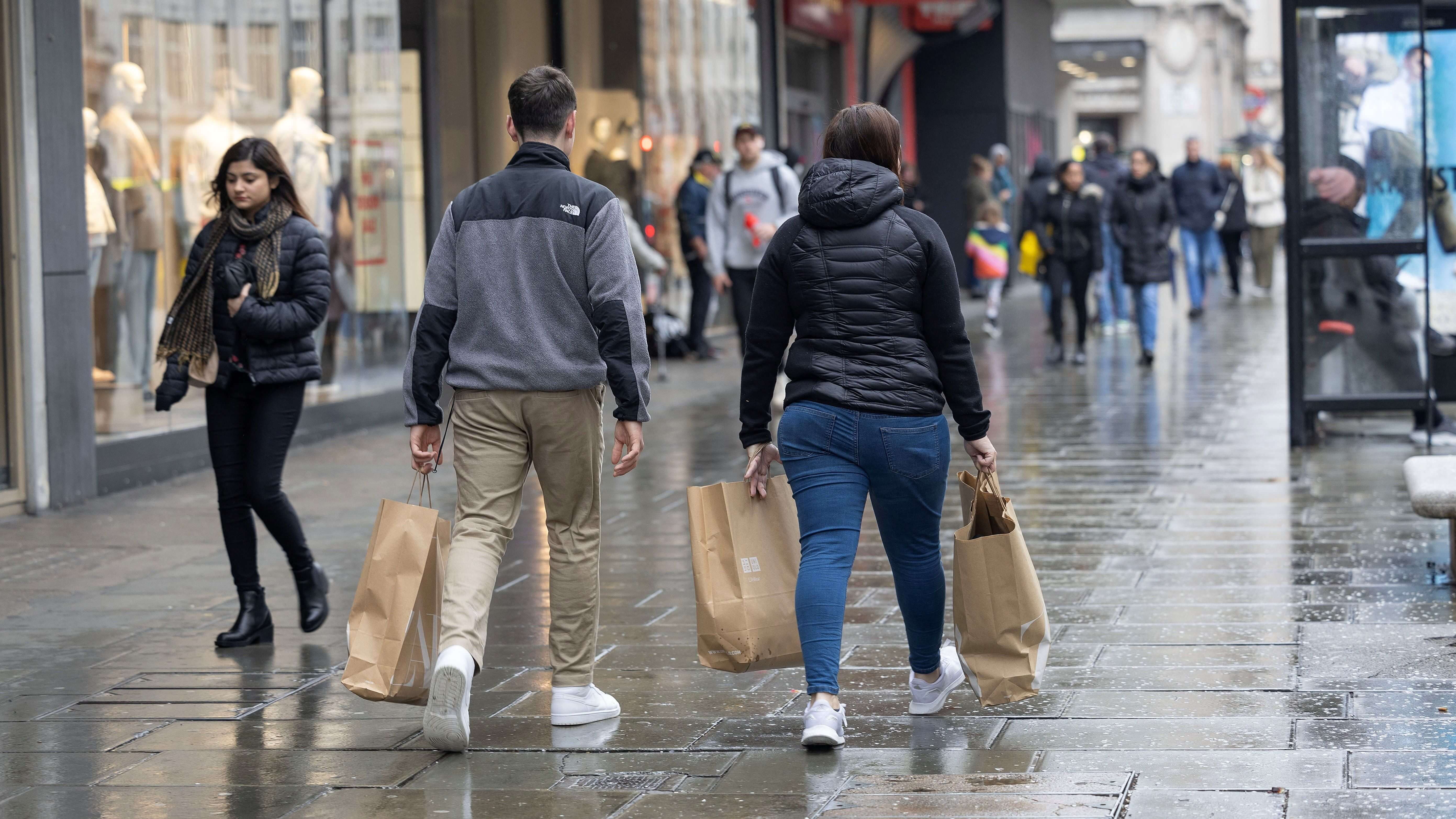Mobilegeddon - Google's ultimatum to poorly designed mobile websites - is upon us. Here are some timely tips on how to react from the boss of Spreadshirt, an online retailer with €72 million in annual sales.
On 21 April, Google introduced changes to its algorithm and warned it will drop the rankings of sites that aren’t mobile optimised. Commentators have called this shift "Mobilegeddon". But, seriously, what are the real challenges thrown up by this change for businesses?
Personally, I welcome Google’s move. Around the world we’ve been seeing very rapid rises in both mobile browsing and purchasing on Spreadshirt. In some cases over 50% of our traffic comes via mobile. Google’s job is to put the best services in front of the “searcher”.
And the best services are those that offer both a mobile and desktop experience, so the customer can move between devices. Mobile readiness is just one of the many things a modern customer demands and it means businesses (especially ecommerce companies) can't ignore the medium.
But how can they prepare for this new challenge and how can they best convert browsers into customers? Last year, we set out to make 2014 the year of the mobile experience and we saw our sales via mobile devices double. Here’s what we found out along the process:
Thinking about our mobile approach forced us to think about what matters to customers. We had to make really hard decisions regarding features and found often that less is more to get mobile right. This has raised the standard across all our mediums. From our experience etailers need to be focusing on four key areas: usability, optimisation, features and payments.
1. Usability
This issue leaves retailers with very hard business and User Experience decisions on what to leave out of their mobile design. Too many companies optimise their mobile presence, without checking usability and whether the result really has added value for the customer. Mobile consumers on the whole want simplicity because of screen size and download times.
2. Optimisation
Despite the recent growth and significant potential in mobile commerce lots of sites are still poorly optimised. The mobile shopping experience must be even more intuitive than on the desktop, so the first step is creating a responsive design for the entire shop.
Consumers now expect their mobile experience to be as good as a desktop. This may mean adjusting the shape of the site or making sure images are mobile friendly. Websites that fail to function on a mobile device or deliver a less-than-perfect experience will see diminishing returns.
3. Features
Searching has got to be easy. That doesn’t just mean easy to do, but it should be easy to find what you’re looking for. We addressed this by taking a look at our mobile marketplaces’ search facility. This has now been simplified. Our platform now also includes a 'Wish List' feature, so browsers can save search results and complete the order at a later date.
4. Payments
All of the above is to no avail if the payment process is complex. We made our mobile payment space fully responsive in 2014. Now that all elements of the page can detect and adjust to the screen size of the device, the mobile payment process is easier and more intuitive.
Having a single page check-out is also essential in converting mobile visitors into sales. Clicking through varies pages to put in your address, choose a payment method and confirm the order works okay on a desktop, but is painful on a mobile and discourages visitors from buying. The Spreadshirt single page check-out now meets the highest technology standards in terms of usability and technology.
You also need to consider that mobile devices are relatively new to customers and the technology is rapidly changing. The customer still has a lot to discover about how they like to shop on mobiles and etailers still have a lot to learn so with mobile in particular, companies should look to be constantly upgrading.
"It's right that businesses with poor mobile usability should fall down the search rankings"
To meet the technical expectations of our "Year of the Mobile Experience", we adopted agile development processes, a state-of-the-art procedure to ensure a very fast route to implementation and launch of the feature or service and to ensure its ongoing optimisation.
Mobile is moving away from being just a research tool. It is a significant buying channel, presenting opportunities for us and other etailers to increase sales. Mobile sales are expected to rise to nearly 50% of all transactions in the coming years, as customers continue to use mobile devices and companies optimise sites for mobile conversion with better visuals, features and payment options.
What an amazing honor. Our CEO @PhilipRooke got interviewed by Captain Kirk aka @WilliamShatner. Take a look! https://t.co/Wjz9kNXO2h
— Spreadshirt Global (@spreadshirt) April 2, 2015
Google and Spreadshirt have a common aim; to provide the best service for our respective customers (often the same people). Mobile commerce is set to continue growing with consumers increasingly demanding a joined-up experience between channels.
Customers will move away from being content at being able to use a mobile to shop. They will want to have the same experience across their devices, so consistency in design, communication and functions is a definite plus.
It's right that businesses with poor mobile usability should fall down the search rankings. Mobilegeddon is a nail in the coffin of poor websites, but with a few adjustments in some key areas businesses willing to embrace this medium should have nothing to fear.
Thanks for signing up to Minutehack alerts.
Brilliant editorials heading your way soon.
Okay, Thanks!



